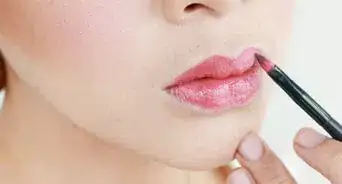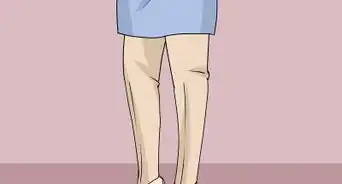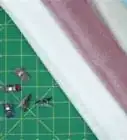This article was co-authored by Margo West. Margo West is a Professional Tailor and the Owner of Margo West Bridal Alterations in Dallas, Texas. She is renowned for her expertise in bridal alterations, custom wedding gowns, wedding-related design, and pattern making. Her 44 years of bridal experience has earned her the prestigious WeddingWire Brides Choice Award, Couples Choice Award 2013-2019, and The Knot Best of Weddings 2018-2020. Margo was also featured in House of Diffa 2018 Jacket Collection and Modern Luxury Brides Magazine 2020. She will launch her new bridal gown collection for fall 2021.
This article has been viewed 92,701 times.
A veil is a wedding accessory that was once used to signify purity. The husband would lift the veil before the ceremony as a symbolic gesture of other conjugal rights. Today, veils, especially long ones, are still worn at some formal weddings, but it is no longer extremely common. A cathedral veil is one that extends onto the floor at least 6 inches (15 cm), to follow behind the bride as she walks down the aisle. Although a cathedral veil requires a large amount of fabric, it can be homemade by people who possess some sewing skill. Find out how to make a cathedral wedding veil.
Steps
Measuring the Veil
-
1Buy some tulle netting at a fabric store. For a wide veil, use a 108 inch (2.7 m) width — which is the most common size.[1] For a smaller veil, use a 72 inch (1.8 m) width. It is a good idea to buy up to 8 feet (2.4 m) of tulle so that you can cut it to your desired length.
-
2Get some help from a friend during the measuring process.[2] You will want to decide how long you want your veil to be from the top of your head and write down the measurement. This will depend upon your height and preference.Advertisement
-
3Lay the tulle out along the floor. Fold it vertically, placing the fold toward you. This may match the fold lines from the store.
- You may want to vacuum your carpet well before laying down delicate tulle fabric on its surface.
-
4Fold it in half horizontally this time. Take the right edge and gently align it with the left edge.
-
5
-
6Find a large serving platter with a gently curved edge. Lay the platter over the top left side of the veil. Mark the curve over that corner with pins.
-
7Cut the curve shape into the top left side of your tulle.
- Do not cut tulle with common scissors. Use a rotary cutter and a steady hand to eliminate the chance of the edges appearing choppy.[5]
-
8Unfold your tulle veil and lay it out on the clean floor. It should have curved corners on all sides now.
Gathering the Veil
-
1Fold the right side toward the left side again, horizontally. Only fold it partially over, because you are making a blusher layer. A blusher is the part of the veil that is usually over your face as you walk down the aisle, and it is later pulled over the back of the head by the groom.
- The length of the blusher can be based on your preference, so you may want to consider photos of veils you like before folding. Many women no longer follow this custom of walking down the aisle with a blusher. However, many still include it on their veil and fold it over their heads before they walk, giving them an extra full layer of veil.
- Blusher veils should be cut in a circle and not in two separate pieces so the veil drapes over the face without the sides of the face showing.[6]
-
2Decide how you want to gather your veil at the top. If you choose to gather the entire fold when you sew, your veil will be fuller. If you choose to only gather it from the center, it will lay flat on the sides.
- You will want to start approximately one-third in, if you want to do a center gather. You will want to begin at the edge of the fold if you want to do a full gather.
-
3Thread a needle with a strong nylon thread. At the point where the blusher and long layers are folded, stitch in and out of the tulle. Use small even stitches so that your gathering will look uniform.
- You do not need to knot the end of the thread; rather leave more than enough thread on the end so that you can knot it after it is gathered.
-
4Pull the thread tighter once you are finished stitching. You want your gather to be approximately 2 inches in width total, so that you can sew it to a hair comb of the same width.
-
5Knot the ends of the thread onto a metal or plastic hair comb.
-
6Thread your needle with nylon thread again and stitch the gathered portion onto the top of the hair comb. Make sure the gathering is extremely secure on the hair comb.
Trimming the Veil
-
1Find some satin ribbon to edge your veil and blusher. You will need a good amount of ribbon so you may want to buy a whole roll.
-
2Lay your veil out on the floor again. Pin the ribbon near the bottom edge of your veil.
-
3It is best if you pin the satin above the bottom edge so that you can sew it with a sewing machine. You will return later to cut off the excess tulle from the bottom.
-
4Pin the ribbon near the bottom edge of your blusher.
-
5Thread your sewing machine with nylon thread in the same color as your veil. Sew the ribbon carefully onto the tulle with small stitches, taking care to back stitch a little near the edges.
-
6Sew the ribbon onto the blusher, taking care not to sew the 2 veil layers together.
-
7Trim the bottom edge of your veil with sharp scissors. Try to trim it right under the ribbon, but do not cut into the stitches.
Expert Q&A
-
QuestionHow do you measure for a cathedral veil?
 Donna SerinoDonna Serino is a Dry Cleaning and Alterations Specialist and the Marketing Director for Hallak Cleaners, based in Manhattan, New York and Hackensack, New Jersey. She has expertise in tailoring and alterations, couture and casual wear, designer handbag cleaning, and suede, leather, and furs care. Donna and Hallak Cleaners are part of the National Cleaner’s Association, Drycleaning and Laundry Institute, and Leading Cleaners Internationale.
Donna SerinoDonna Serino is a Dry Cleaning and Alterations Specialist and the Marketing Director for Hallak Cleaners, based in Manhattan, New York and Hackensack, New Jersey. She has expertise in tailoring and alterations, couture and casual wear, designer handbag cleaning, and suede, leather, and furs care. Donna and Hallak Cleaners are part of the National Cleaner’s Association, Drycleaning and Laundry Institute, and Leading Cleaners Internationale.
Dry Cleaning & Alterations Specialist Measure from where you would like your veil to be placed on your head to the desired place it will stop on the floor.
Measure from where you would like your veil to be placed on your head to the desired place it will stop on the floor. -
QuestionWhat length is a cathedral veil?
 Donna SerinoDonna Serino is a Dry Cleaning and Alterations Specialist and the Marketing Director for Hallak Cleaners, based in Manhattan, New York and Hackensack, New Jersey. She has expertise in tailoring and alterations, couture and casual wear, designer handbag cleaning, and suede, leather, and furs care. Donna and Hallak Cleaners are part of the National Cleaner’s Association, Drycleaning and Laundry Institute, and Leading Cleaners Internationale.
Donna SerinoDonna Serino is a Dry Cleaning and Alterations Specialist and the Marketing Director for Hallak Cleaners, based in Manhattan, New York and Hackensack, New Jersey. She has expertise in tailoring and alterations, couture and casual wear, designer handbag cleaning, and suede, leather, and furs care. Donna and Hallak Cleaners are part of the National Cleaner’s Association, Drycleaning and Laundry Institute, and Leading Cleaners Internationale.
Dry Cleaning & Alterations Specialist Typically, cathedral veils are between 108 and 120 inches (274.32 to 304.8 cm). Royal-length veils are 130 inches (330.2 cm) or more.
Typically, cathedral veils are between 108 and 120 inches (274.32 to 304.8 cm). Royal-length veils are 130 inches (330.2 cm) or more. -
QuestionWhich side of the veil is on my head if I use Method 3?
 Community AnswerThe back of your head. If you use ribbon, then the veil goes on the back of your head.
Community AnswerThe back of your head. If you use ribbon, then the veil goes on the back of your head.
Things You'll Need
- Tulle
- Comb
- Pins
- Scissors
- Needle
- Nylon thread
- Serving platter
- Satin ribbon
- Sewing machine
- Measuring tape
References
- ↑ Margo West. Professional Tailor. Expert Interview. 7 December 2020.
- ↑ Donna Serino. Dry Cleaning & Alterations Specialist. Expert Interview. 31 August 2021.
- ↑ Donna Serino. Dry Cleaning & Alterations Specialist. Expert Interview. 31 August 2021.
- ↑ Donna Serino. Dry Cleaning & Alterations Specialist. Expert Interview. 31 August 2021.
- ↑ Margo West. Professional Tailor. Expert Interview. 7 December 2020.
- ↑ Margo West. Professional Tailor. Expert Interview. 7 December 2020.
- http://apracticalwedding.com/2011/05/how-to-diy-a-wedding-veil/
- http://www.rockmywedding.co.uk/diy-cathedral-veil-tutorial/
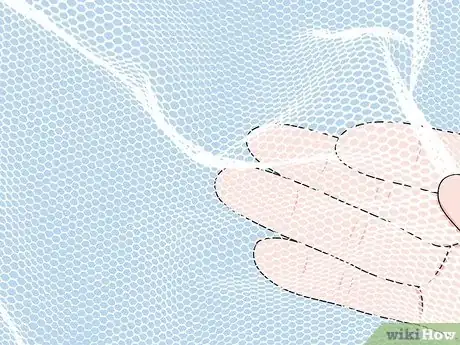

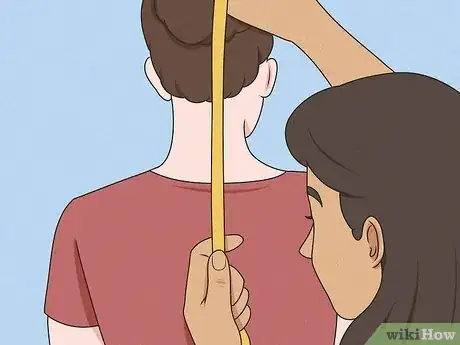

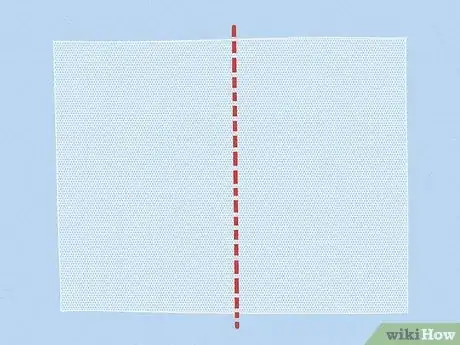
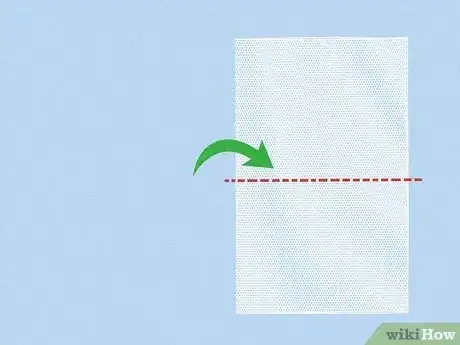
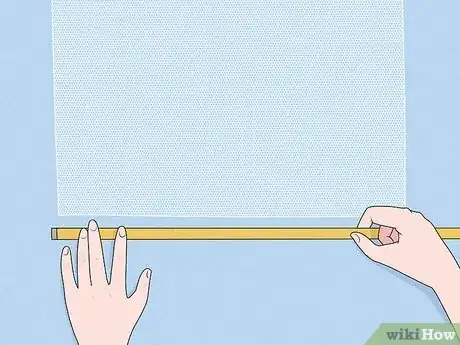

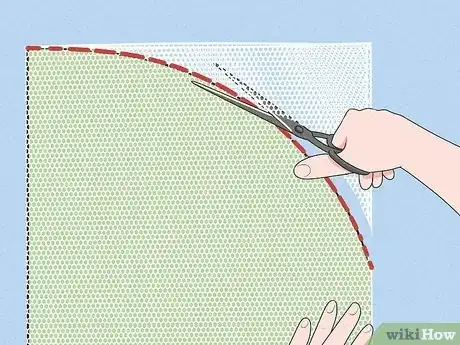
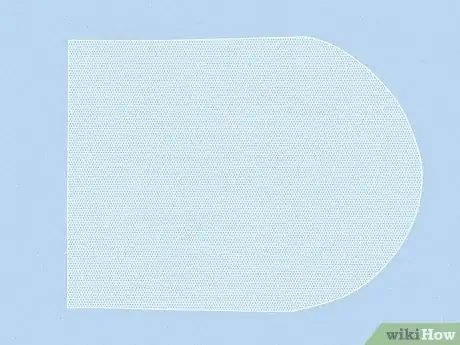
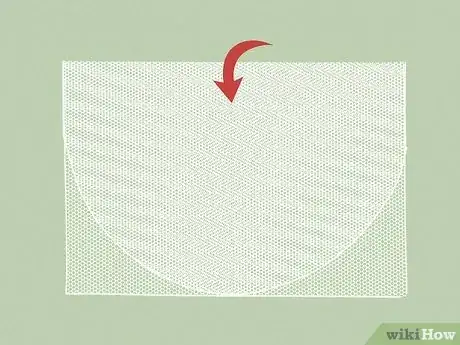

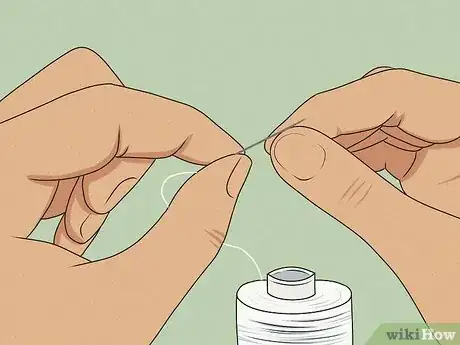
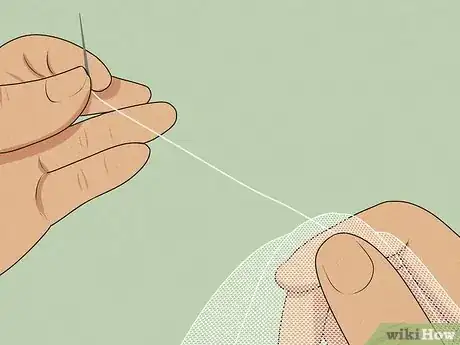
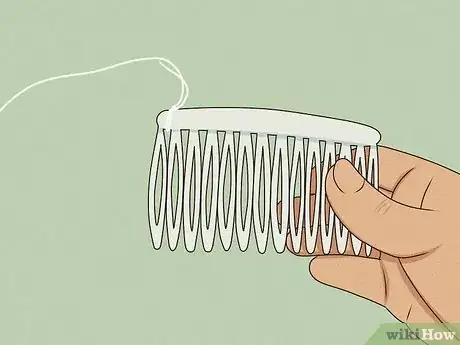

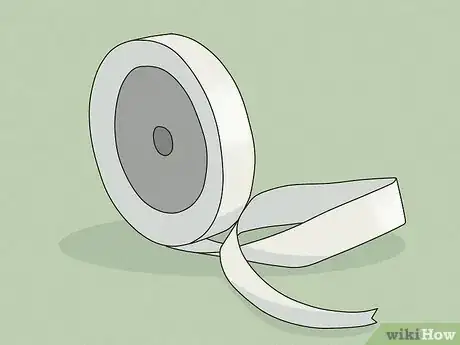
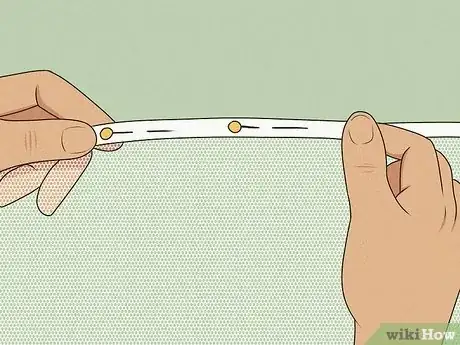

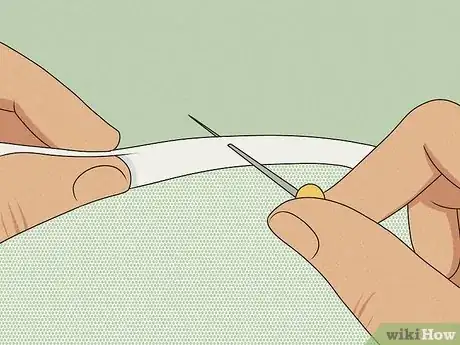
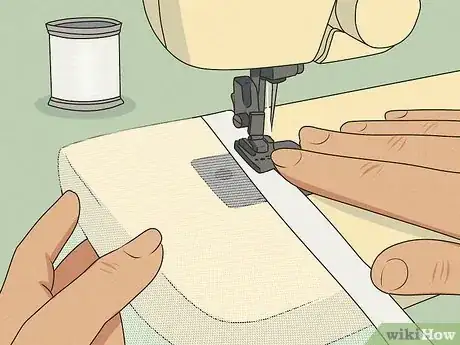
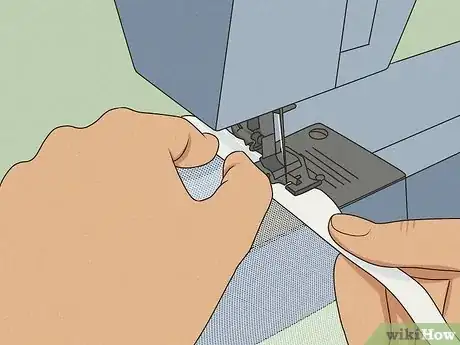
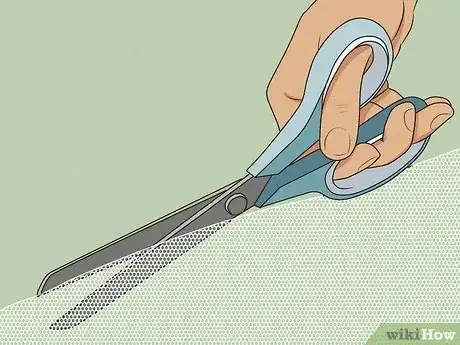


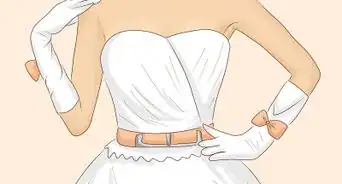
-Step-15-Version-2.webp)



